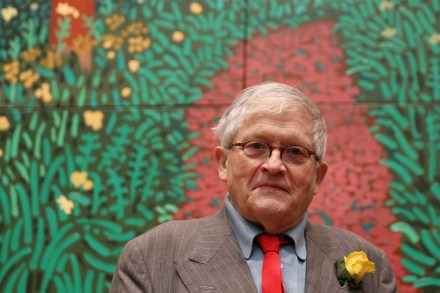Christopher Sykes’s diary: David Hockney, Bridlington lobster, and the risks of a third martini
I began my week with a trip to Bridlington, the closest seaside town to my childhood home. ‘Brid’, as it’s known to the locals, has a special British charm, comprising miles of unspoilt beach, beach huts, a pretty little harbour, fish-and-chip shops galore, rows of guest houses and The Expanse, a splendid old-fashioned hotel. The council are, however, missing a trick. Brid’s main fishing industry these days is lobsters, as delicious as any you will ever taste. You wouldn’t know it, however, as, apart from a few expensive ones kept in tanks at the Blue Lobster on the harbour, they all go to Europe. So, come on Brid, how about















